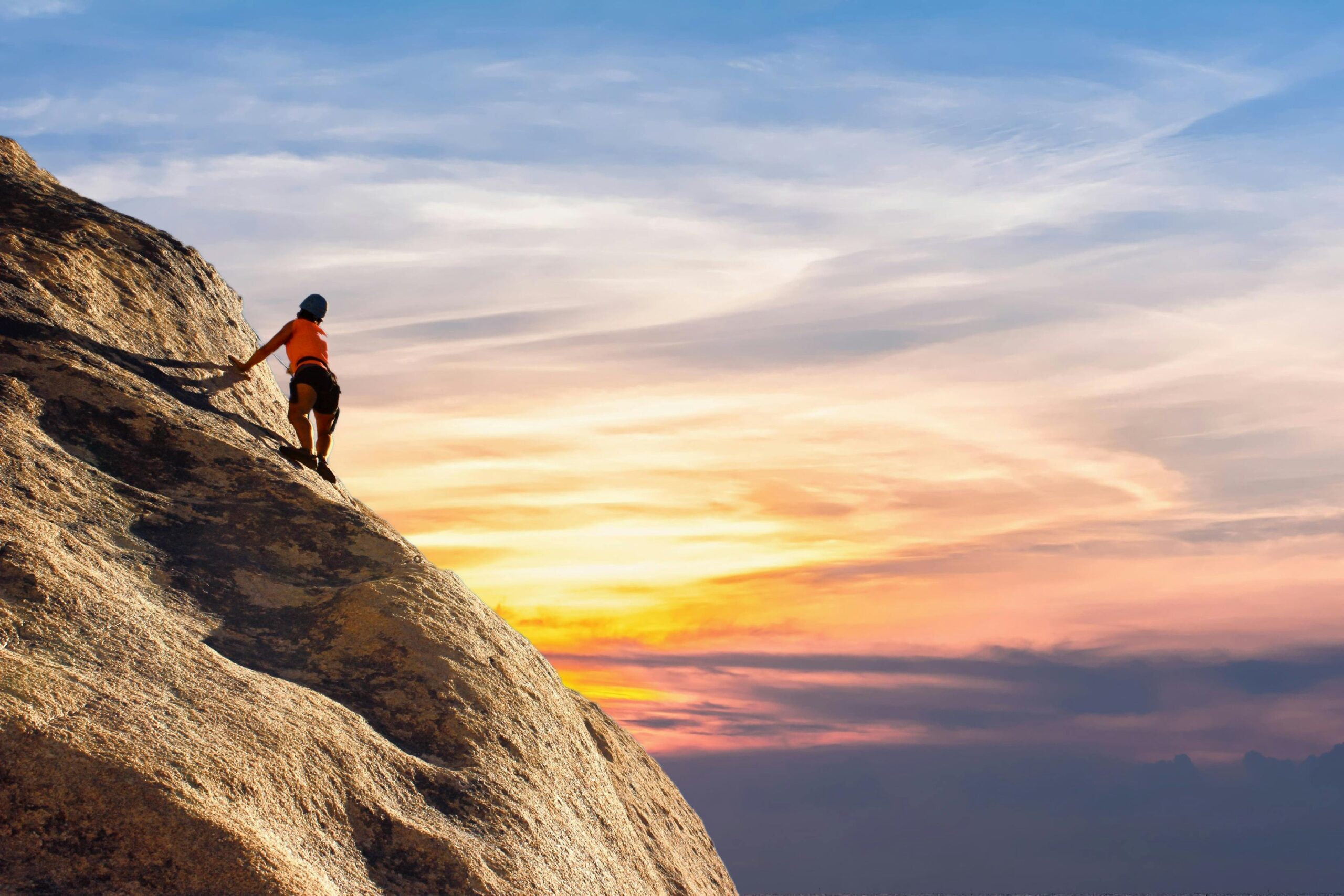Rock Climbing for Beginners: A Comprehensive Guide to Getting Started
For those who seek an exhilarating challenge that takes them to new heights, both literally and metaphorically, rock climbing offers an adventure unlike any other. The sport requires strength, agility, mental acuity, and a passion for the great outdoors. In this comprehensive guide, we’ll strip down the complexities of climbing and equip you with the knowledge to begin your ascent into the rock-climbing world. Whether you’re scaling indoor walls or venturing onto natural crags, this guide will ensure that your rock climbing start is a safe, enjoyable, and empowering one.
Understanding Rock Climbing
The Thrill of the Climb
Rock climbing isn’t just an athletic pursuit; it’s a way to connect with nature while challenging your body and mind. From conquering heights to solving the puzzle of a climbing route, the diverse rewards of the sport are as varied as the rocks themselves. The rush of a successful ascent is an unmatched high, but rock climbing is more than just a thrill – it’s a lifestyle that fosters camaraderie, problem-solving, and personal growth.
The Many Facets of Rock Climbing
Rock climbing encompasses several disciplines, each with its own distinctive characteristics. From traditional climbing (trad) that uses removable protection to bouldering, which focuses on powerful, short sequences at low heights, there’s a style to suit every climber’s preferences and comfort level. But for beginners, we’ll begin with the most fundamental form – top roping.
Essential Equipment for Beginners
Dressing the Part
The first step in preparing for your climb is to gear up appropriately. Your climbing attire should strike a balance between comfort, flexibility, and safety. Consider wearing moisture-wicking clothing to keep you dry and comfortable, and layer up for climbs that may present a range of temperatures.
The ABCs of Climbing Gear
For any beginner, the list of climbing gear can seem daunting. However, mastering just a few essential items is all you need to start climbing.
- Climbing Shoes: The most important piece of gear for a climber, your shoes should fit snugly to provide a good platform for your foot on small ledges and cracks.
- Harness: Connects you to the climbing rope, providing a secure attachment point to access the climbing system.
- Ropes: Choose between dynamic and static ropes, with dynamic ropes offering essential stretch and protection in the event of a fall.
- Carabiners: These metal loops with spring-loaded gates are used to connect various parts of your climbing system.
- Helmet: Crucial for protecting your head from falling rocks and impacts.
Safety Precautions and Basics
On Belay: Safety First
Before you even touch the rock, it’s vital to understand the safety measures that underpin climbing. Learning to properly belay, which is the method to protect a climber from a fall, and understanding falls themselves is essential. Always climb with a trusted partner, and communicate clearly throughout your climb.
Understanding Rock Climbing Grades
Grades are used to communicate the difficulty of a climb. For rock climbing, two main grading systems are employed: the Yosemite Decimal System (YDS) for the overall climb and the V Scale for bouldering problems. It’s important to respect the grade and choose routes that align with your current ability.
Learning Belaying Techniques
For top-roping, a common method for beginners, you’ll need to learn the basics of belaying. This includes using a belay device, managing slack in the rope, and catching a fall smoothly and confidently. Practice under the guidance of an experienced climber until these motions become second nature.
Finding Beginner-Friendly Climbing Routes
Discovering Your First Climb
Research is your ally when it comes to finding your initial climbing spots. Look for local gyms that offer beginner classes or indoor climbing walls to acclimate to the sport before venturing outside. For your first outdoor climb, seek out crags with well-maintained routes and clear, safe climbing areas.
Route Selection Strategies
When selecting a route as a beginner, choose one that’s well within your physical capabilities and that is rated for beginners. Look for routes marked as top-rope friendly, and don’t hesitate to ask for advice from the local climbing community. Climb with a partner who has experience and can guide you through each step of your ascent.
Embracing Outdoor Climbing Etiquette
Out at the crag, there are unspoken rules and traditions that govern climbing conduct. Always respect the environment, minimize your impact, and follow any local climbing regulations. Part of being a good outdoor climber is leaving the area cleaner than you found it and preserving the natural beauty of the climbing locations.
Training Tips for Beginners
Building Your Climbing Fitness
Climbing demands a unique set of physical skills, including finger strength, forearm endurance, and core stability. To prepare for your first climb, incorporate exercises such as planks and pull-ups to strengthen your upper body, and forearm planks to stabilize your core. Additionally, practice hanging from a bar or the edge of a door to condition your fingers and grip strength.
Technique Over Power
Climbing efficiently is often more important than climbing with brute strength. Watch videos, take a class, or climb with experienced partners to learn proper footwork and body positioning. This will help you manage your energy and improve your climbing ability without relying solely on muscle power.
The Art of Resting
Knowing when to take a break is crucial for maintaining endurance on longer climbs. Identify good resting spots and learn to shake out your arms and legs to alleviate pump, the burn you feel in your forearms from lactic acid build-up. Take advantage of ledges and jugs to readjust your hands and breathe before making your next move.
Conclusion
Rock climbing offers a way to discover inner strengths and overcome challenges in a setting that’s as breathtaking as it is humbling. By understanding the basics of climbing, respecting safety measures, and building up your skills with time and practice, you’re well on your way to becoming a proficient climber. Remember, every expert was once a beginner, and every climb starts with a single hold. Take it one step at a time, and the world of rock climbing will open up to you in ways you never thought possible. Now, go conquer those summits safely and responsibly!




